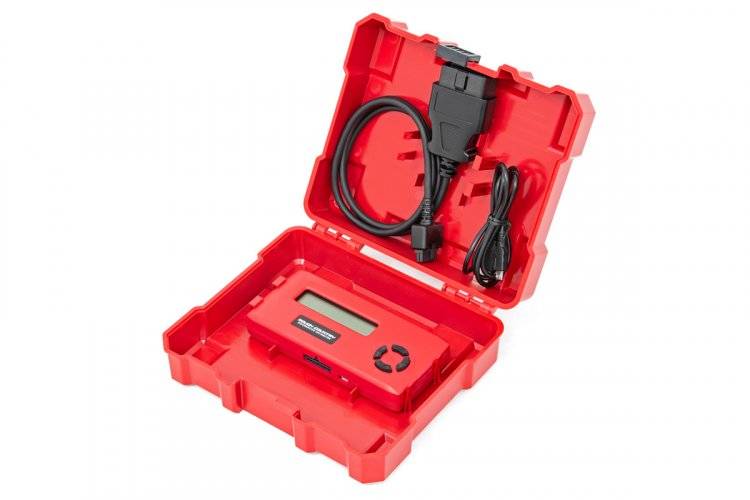
The ‘y’ axis indicates the amplitude of reflected signals (echoes) and can be used to estimate the size of a discontinuity compared to a known reference reflector. The discontinuity depth (back wall echo) and time of flight are shown on x-axis. It also displays the amplitude of the signal originating from the discontinuity as a function of time on the screen. amplitude, as shown in the Figure below (left side), is the most efficient way of revealing the discontinuities.Ī-Scan displays the response along the path of the sound beam for a given position of the probe. It shows the existence of flaws (if any present during scanning), and their position, and also gives an estimate of their sizes. The A-Scan is a one-dimensional presentation of time versus the amplitude on the UT machine screen.
#CATCHING QUICKCAL DURING SCAN MANUAL#
The contact immersion is widely used and suitable for manual scanning. In Contact Scanning– the transducer directly contacts the test object through a thin film of oil or some other suitable couplant such as water.


Exploring the Various Types of Ultrasonic Waves Utilized in Ultrasonic Testing: An Informative Guide What is Contact Scanning in UT?


 0 kommentar(er)
0 kommentar(er)
